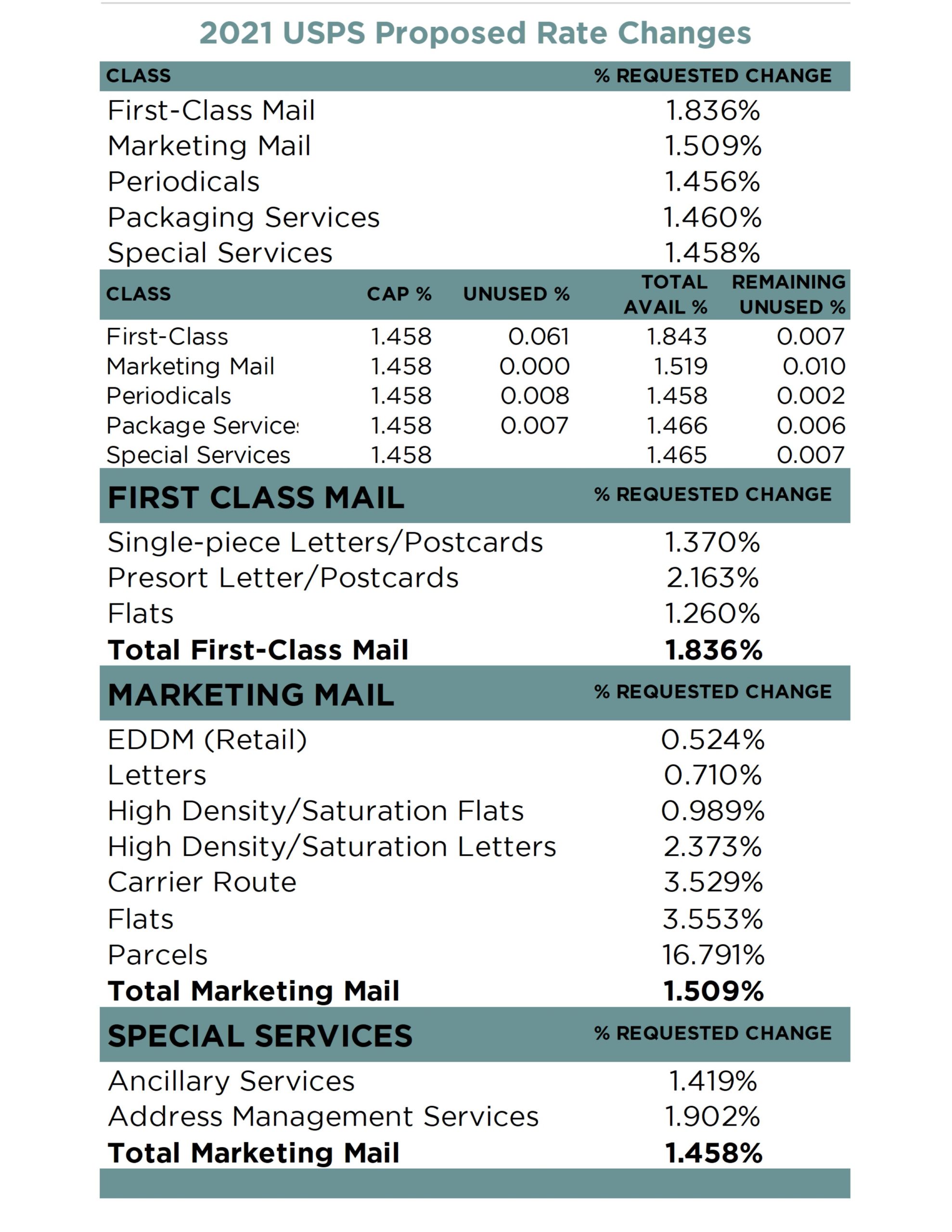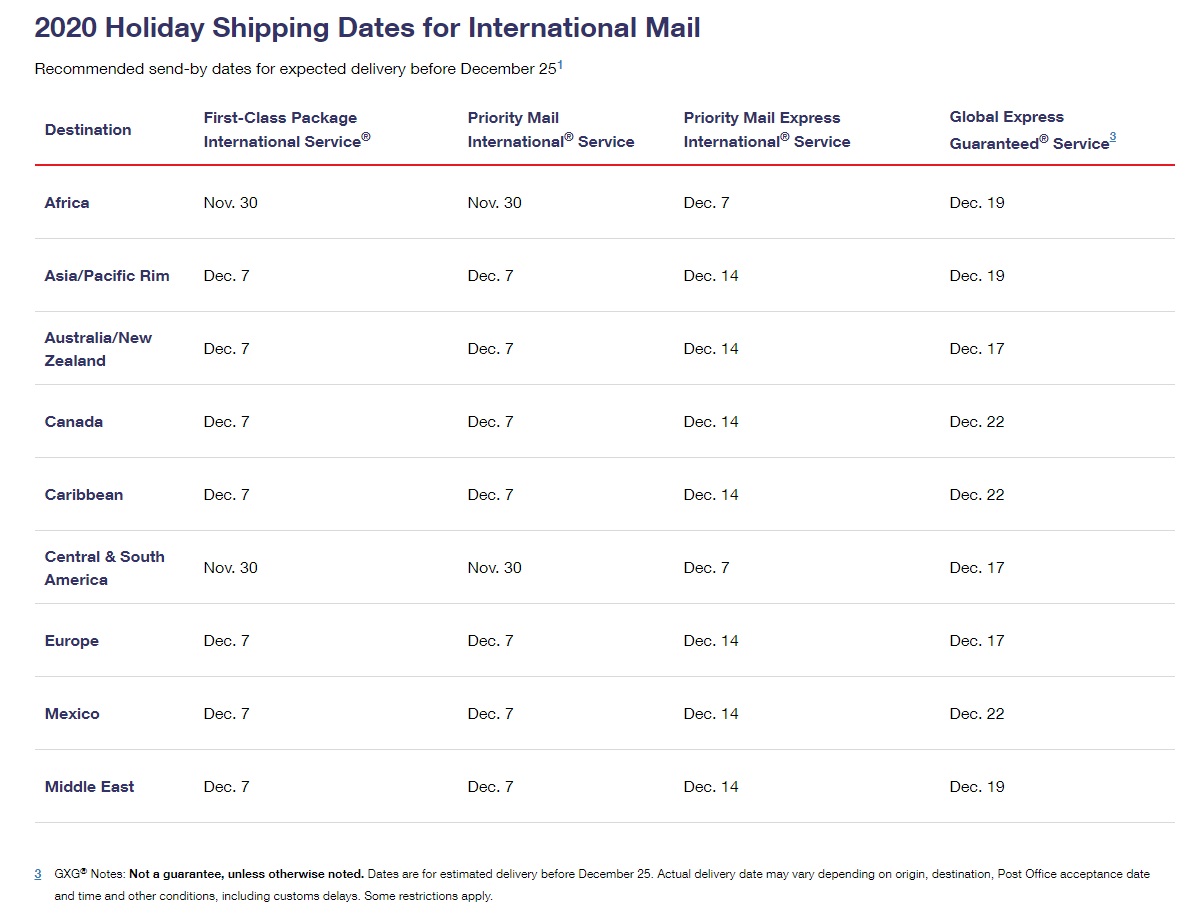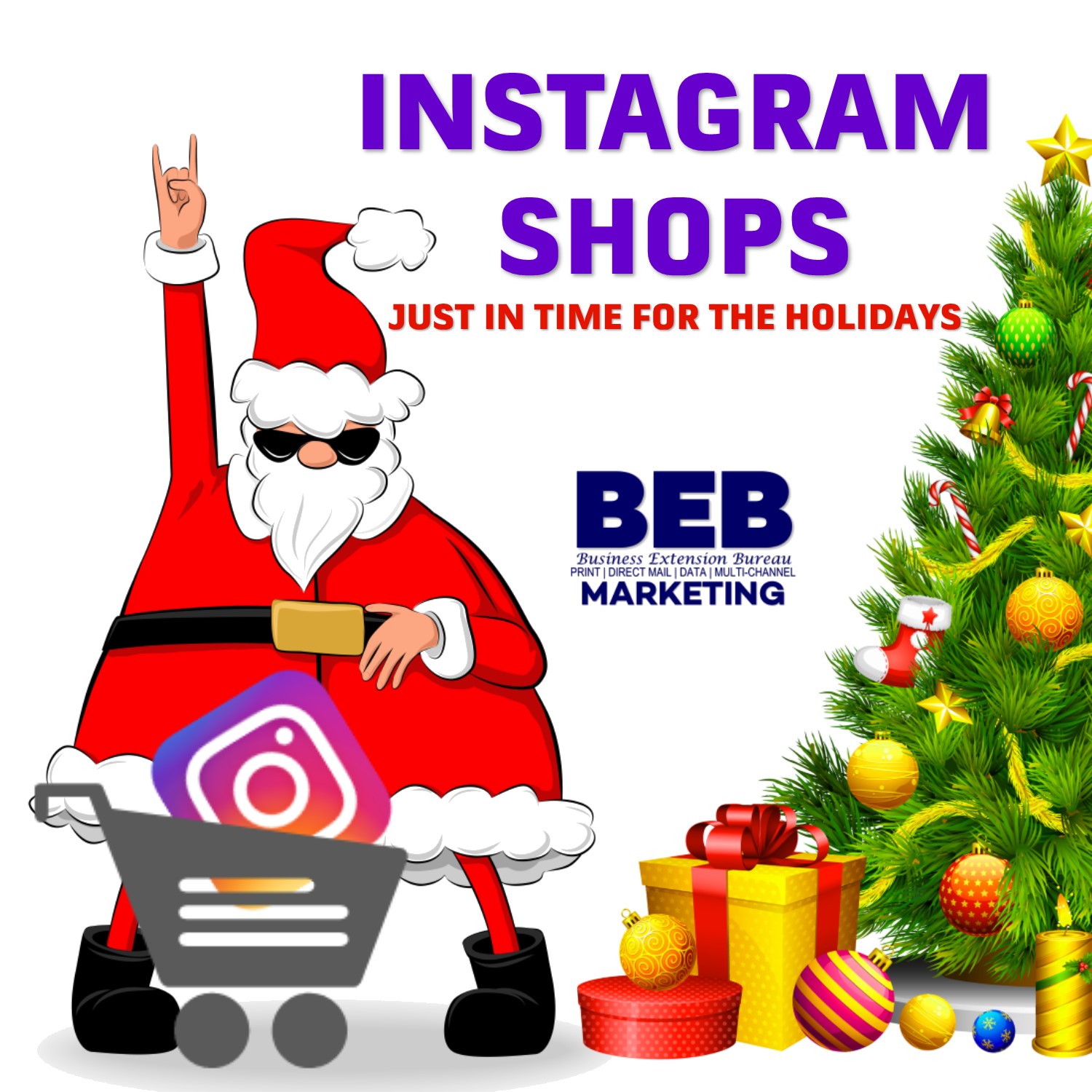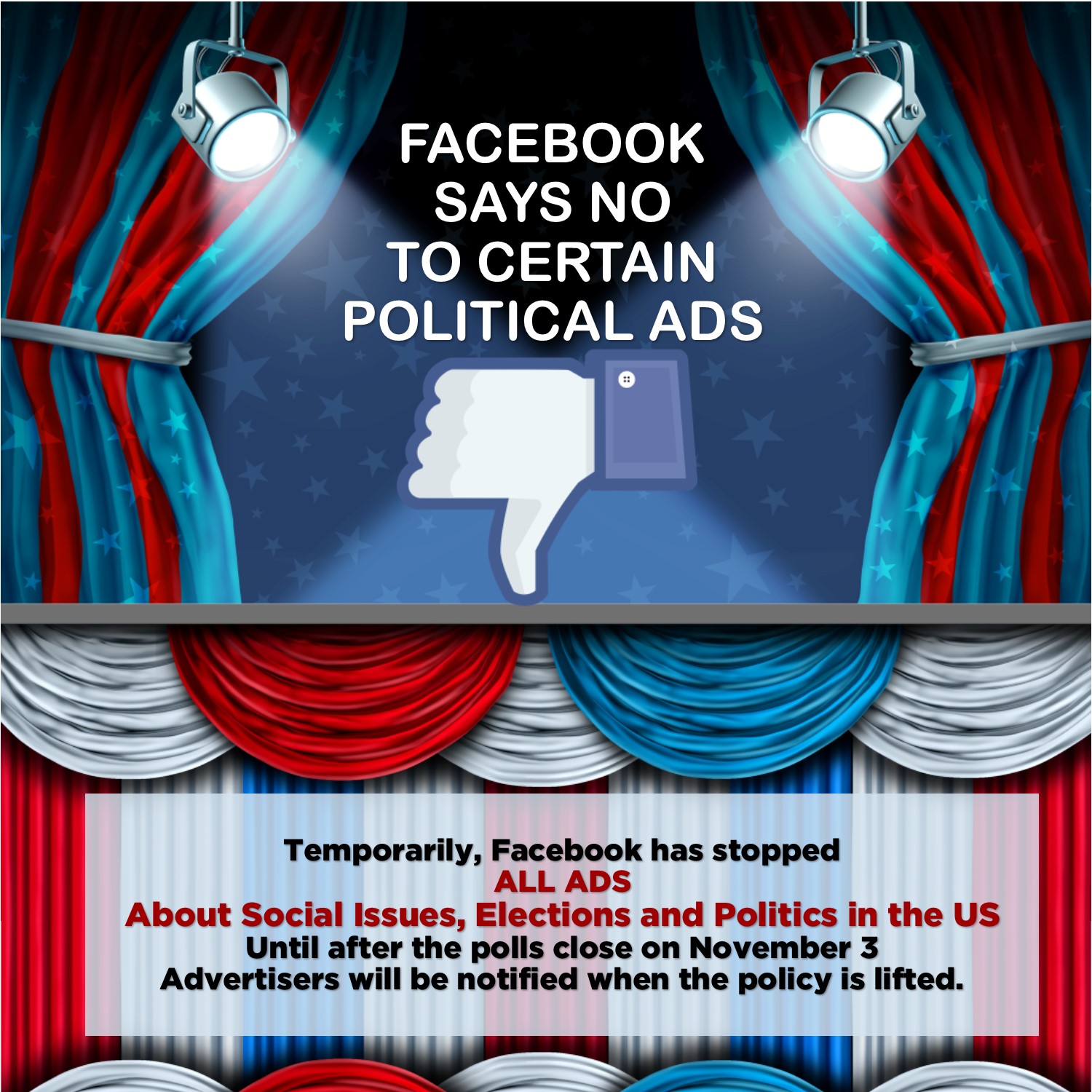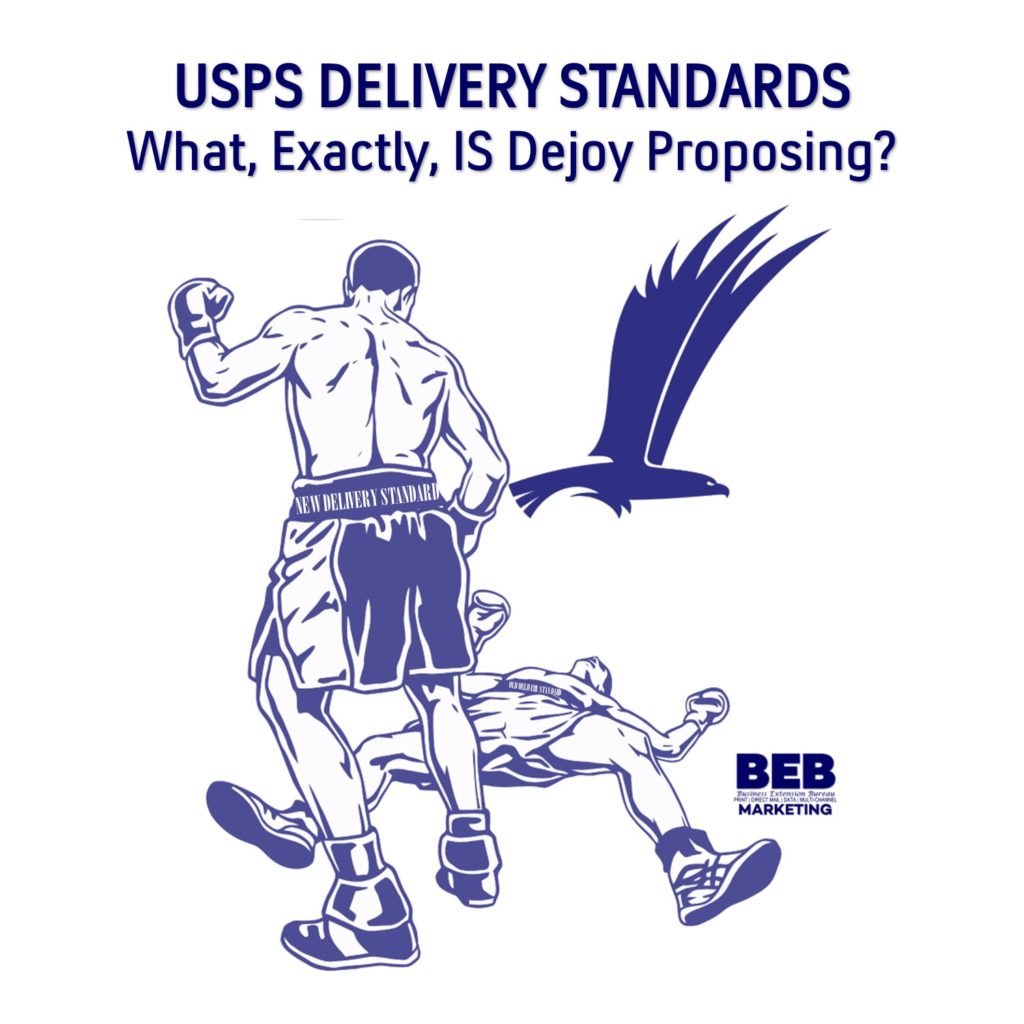 USPMG, Louis DeJoy, outlined his vision and 10-year plan for the USPS in March. He calls it, “Delivering for America.” His plan has caused a lot of controversy surrounding delayed delivery standards. What exactly did he propose? Read on.
USPMG, Louis DeJoy, outlined his vision and 10-year plan for the USPS in March. He calls it, “Delivering for America.” His plan has caused a lot of controversy surrounding delayed delivery standards. What exactly did he propose? Read on.
The Postal Service sets standards for mail delivery so that customers and mailers can expect consistent and predictable delivery. However, the USPS has not met current targets for First-Class Mail service standards (3-5 days) in the past eight years. DeJoy says that the current standards don’t reflect the declining letter volumes and require the USPS to use complex and expensive transportation networks. He claims that today’s delivery standards are unsuitable for setting realistic expectations for timely and reliable mail delivery.
It was pointed out that the cost to maintain the current, and unattained service standards, will continue to increase if mail volume continues to decrease as projected. The need to ensure reliable service, while improving operational efficiency and precision, requires that old standards get updated.
His plan is to modify existing service standards for First-Class Mail Letters and Flats from a 3-day service standard within the continental United States to a 1-5 day service standard.
The proposal would enable 43% of that portion of First-Class Mail which is currently transported via air to shift to getting transported via ground. It would also require adjustments to the service standards for full network Periodicals which travel with First-Class Mail.
The Postal Service will seek public comment through the formal rulemaking process and will request an advisory opinion from the PRC concerning this proposed change before it is implemented.
Below is a summary of the impacts of the new service standards:
- Service standards for Commercial First-Class Mail entered at a local facility will not change.
- First-Class Mail traveling within a local area (up to a three-hour drive time) will not experience a service standard change and would still be delivered within two days
- 61% of current First-Class Mail volume and 93% of current Periodicals volume will stay at its current standard.
- 81% of current First-Class 2-day volume will retain its two-day standard.
- Overall, 70% of First-Class Mail volume would receive a standard of one to three days.
- Current First-Class 3-day volume will be subject to a 3, 4, or 5 day service standard, depending on the distance between origin processing facility and destination processing facility.
- Of the current First-Class 3 day volume:
- 47% will remain three-day
- 37%will move to 4 day
- 17% percent will move to 5-day.
In addition, DeJoy proposes to adjust the service standards for First-Class Packages to enable a greater percentage of that volume to be moved by surface transportation. The Postal Service will also request an advisory opinion from the PRC concerning this proposed change before
it is implemented.



